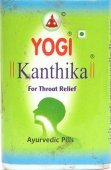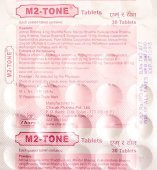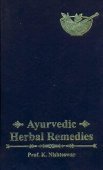Piper cubeba: 1 definition
Introduction:
Piper cubeba means something in Hinduism, Sanskrit. If you want to know the exact meaning, history, etymology or English translation of this term then check out the descriptions on this page. Add your comment or reference to a book if you want to contribute to this summary article.
In Hinduism
Ayurveda (science of life)
Veterinary Medicine (The study and treatment of Animals)
Source: Asian Agri-History: Paśu Āyurvēda (Veterinary Medicine) in GaruḍapurāṇaPiper cubeba (one of the five Pañakola) is used in the treatment of elephants (Gajāyurveda or Hastyāyurveda), according the Garuḍapurāṇa.—The drugs, treatments enumerated in connection with diseases of horses may also be employed in the diseases of elephants. But the dosage is four times of that of a horse. In Garuḍapurāṇa a kaṣāya known as Rogasāmaka-kaṣāya mentioned for treating the diseases of elephants. It is made up of the following pacifying drugs:—[...] Pañcakola (five drugs of Piper longum, its root, Piper chaba, Piper cubeba, dried ginger) [...].

Āyurveda (आयुर्वेद, ayurveda) is a branch of Indian science dealing with medicine, herbalism, taxology, anatomy, surgery, alchemy and related topics. Traditional practice of Āyurveda in ancient India dates back to at least the first millenium BC. Literature is commonly written in Sanskrit using various poetic metres.
See also (Relevant definitions)
Full-text: Kababacini, Yakshakardama, Pamcasaugandhika, Kamkolacinni, Kapparacinni, Kababacinni, Karpuracinni, Pippali, Gamdhamenasu, Cavike, Shadushana, Maramenasu, Balamenasu, Cavya, Netri, Kankala, Pancakola, Piper chaba, Rasayana.
Relevant text
Search found 2 books and stories containing Piper cubeba; (plurals include: Piper cubebas). You can also click to the full overview containing English textual excerpts. Below are direct links for the most relevant articles:
Cosmetics, Costumes and Ornaments in Ancient India (by Remadevi. O.)
1.14. Use of Kakkola < [Chapter 1 - Cosmetics]
Kathasaritsagara (the Ocean of Story) (by Somadeva)
Introduction to the tradition of Betel-chewing < [Appendix 8.2 - The Romance of Betel-Chewing]
Related products




